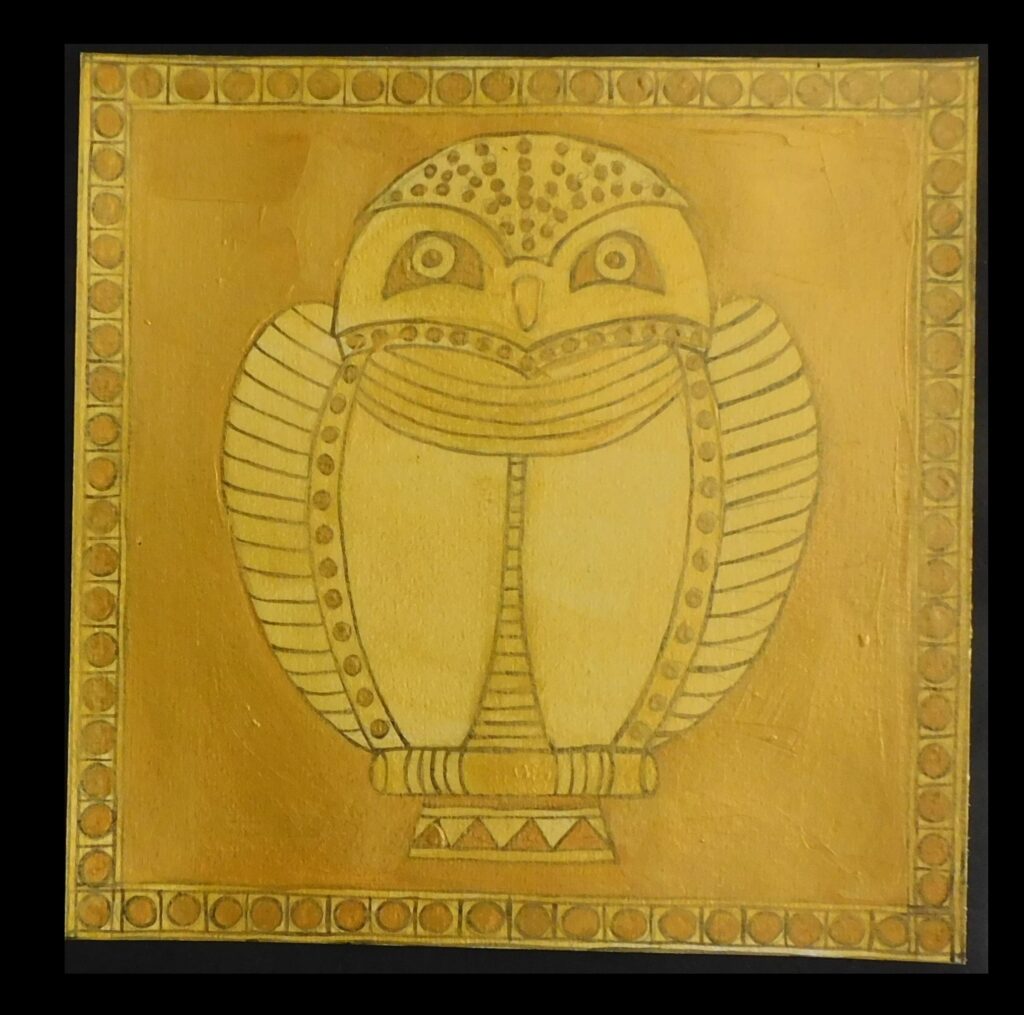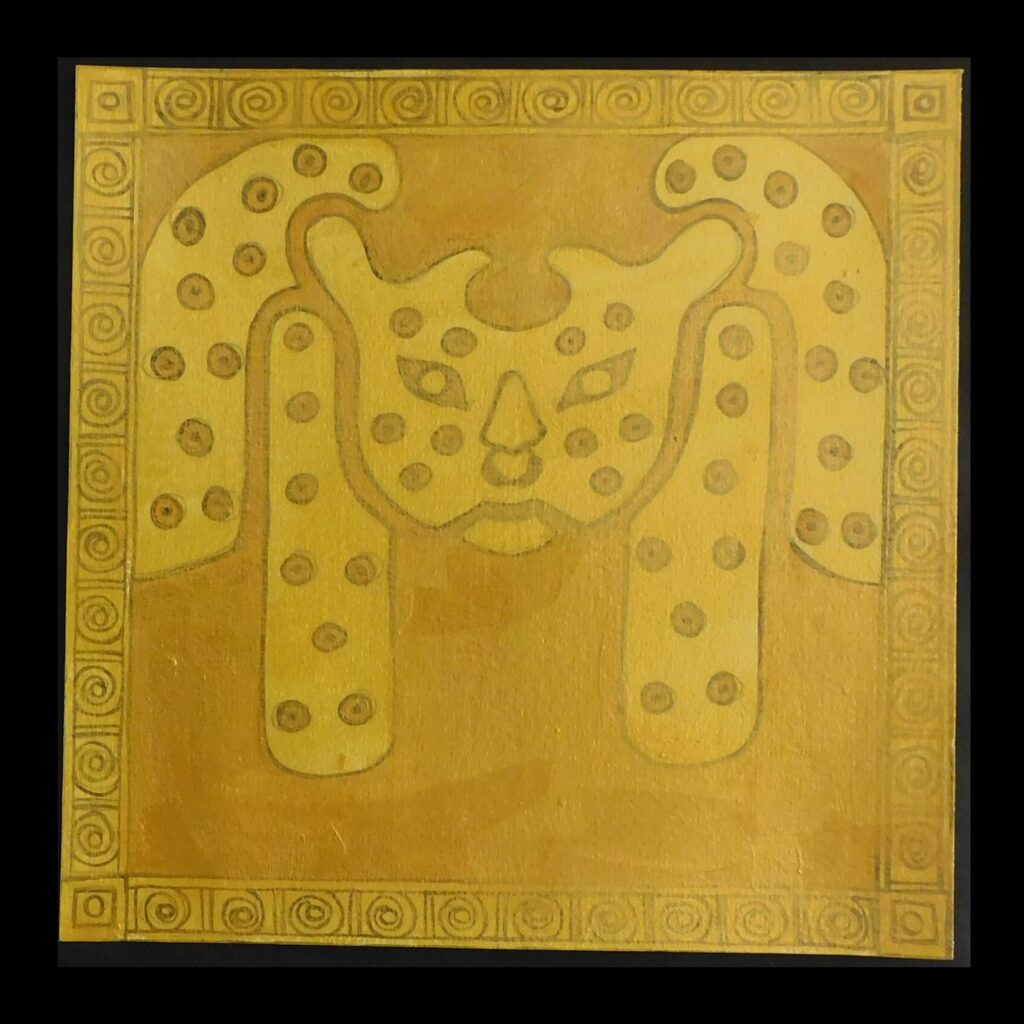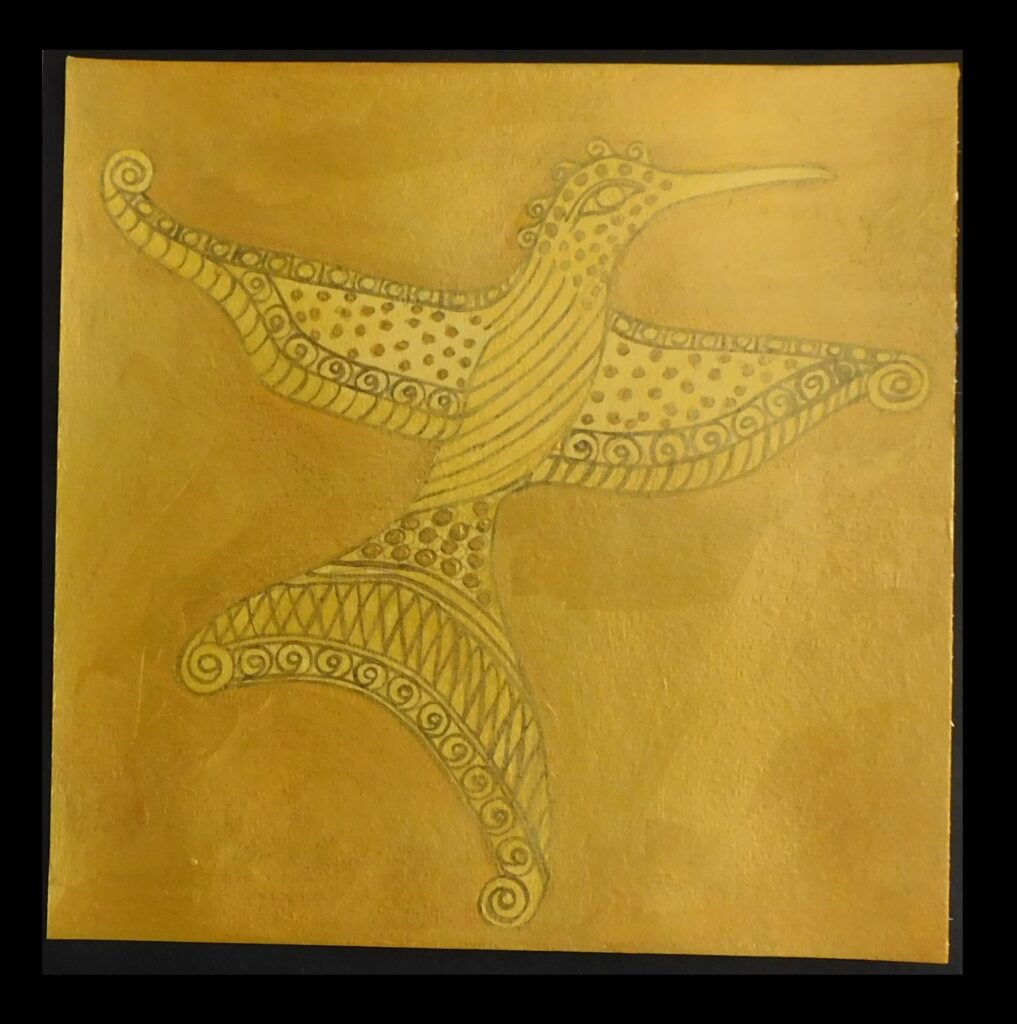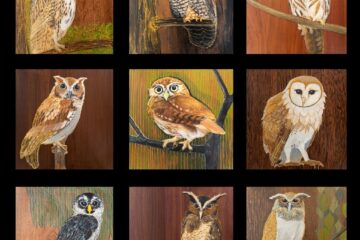
THE MYTH OF EL DORADO
INTRODUCTION
A national perspective
According to the lessons on Surinamese history at my elementary school, gold fever in Suriname already existed many, many years ago. At that time, in my perception, this gold fever had nothing to do with the old colonial system, the sugar plantations or slavery. There was also no connection between the gold rush and the migration of contract workers coming from all the different countries.
There was a story going round about a king whose name was El Dorado. This king bathed in a lake full of gold, and when he came out of the lake, his whole body was covered in gold dust. Nobody knew exactly where the lake was to be found. It could be in the faraway interiors of Suriname, or in Brazil, or in Venezuela, or in Guyana. Historically, Sir Walter Raleigh was the most well-known person who went on an expedition in search of the lake of El Dorado. A lake by the name of Parima. The swimming venue with the first swimming pool of fifty meters in Suriname is called Parima and a waterfall is named after Sir Raleigh. Anyway, long ago, every gold digger was, in a sense, in search of this lake.

Some years later, I was taught that mining was our most important source of income, but when talking about mining it was only about the bauxite industry. We played an important part in the Second World War with our bauxite supplies to the United States. Out of bauxite, alumina was made for airplanes needed in the war. Moreover, Suriname was a hub, a stopover for the flight from the United States to Africa. In those days, airplanes could not bridge the distance over the Atlantic Ocean from the United States to Africa.
In 1968, after junior high school (MULO), I went to the AMS (senior high school or college), as this was common for students with good school results. In those years of adolescence at the AMS prep school, my fascination with the cultural diversity in Suriname grew. I was dancing ballet and, from there, my passion for all kinds of dance styles increased.
Trips I made regularly going deeper and deeper into the interior made me aware of the vast biodiversity of Suriname. Therefore, it is not surprising that, as a visual artist, I grew obsessed with the culture and biodiversity of Suriname. At long last, cultural diversity was incorporated into a broader scope: the Alakondre philosophy.

A regional perspective
Suriname was a Dutch colony and became independent in 1975. Suriname is located in the Amazon region, in the north of South America, but is also part of the Caribbean. That is why Suriname is a member of the OAS (Organization of American States), ACTO (Amazone Cooperation Treaty Organization), and CARICOM.
Born with the Dutch nationality and growing up in a Dutch education system, for years, I was focused on finding my way as a Surinamese woman in a South American and Caribbean country. My exploratory journey resulted in the verbalization and advocacy of the Alakondre philosophy together with soulmates mostly affiliated with Readytex Art Gallery.
After graduating from the AMS, I started studying in Suriname but to continue my training I went to the Netherlands after all. Immediately after completing my studies in the Netherlands, I returned to Suriname. However, for years, my education, my perception, and view of the world in general were dominated by the Dutch and European culture. My holidays were filled with traveling to old European cities with their grandiose museums, cathedrals, and other impressive historical buildings and landmarks.
Sadly, it is only quite recently that I, in my work as a visual artist, went in search of the inner strength of the region. Just as I discovered the inner strength of Suriname in Alakondre through research and philosophy, I am starting to look for the inner strength of the region. So, quite recently, I immersed myself into this research and I ended up at El Dorado, which seems to be a regional myth.

The myth of El Dorado
Where was this lake of El Dorado to be found? It looked like Guyana arrogated the lake of El Dorado with much more persuasion than Suriname. While Suriname was proud of an alumina plant, Guyana had El Dorado rhum and ‘Golden Demerara’ sugar. This made it more plausible to me that the lake of El Dorado was in Guyana.
During a visit to Columbia with several ‘Museo do Oro’, I heard another story about El Dorado. In Colombia, El Rey Dorado is associated with Zipa, a mythical chief of the Muisca indigenous people of Altiplano Cundiboyacense. As an initiation rite, this Zipa covered his body with gold dust and, on a raft full of treasures, brought offerings to the goddess Guatavita in the middle of the sacred Guatavita lake.
In the olden days, the gold fever was driven by enormous greed and, through the ages, this has never changed. Gold from our region is not limited to the mineral that we call gold. It is far more than that. After gold came bauxite, mineral oil/natural gas, and tropical hardwood. In the exploitation of all these natural resources, the conservation of nature is not really taken into account.

After an in-depth exploration of the culture of the indigenous people of South and Central America, I can only ascertain that, in general, the indigenous human being is mostly concerned with preserving nature, the welfare of Mother Earth. Their wisdom of life is: Do not use more than you need.
Unfortunately, the exploitation of gold, bauxite, mineral oil/natural gas, and tropical hardwood is focused on materialism, living in luxury, for a relatively small part of mankind.
Today, the Amazon rainforest is still called the lungs of the earth and it is a goldmine for carbon credits. I wonder how long it will last before this goldmine is also destroyed by exploitation because of the greed of people, and how we can prevent the inhabitants of this region to fall into slavery again.
After my solo exhibition Alakondre Tori and my novel Het Alakondre Drakenmeisje (The Alakondre Dragon Girl) in 2022, I decided to research the culture of the indigenous people in South and Central America. I want to do research into the connection between animals and humans, whereas the harmony between the human being and animal can preserve the equilibrium between the human being and nature.




2 Comments
More than ripples – 3d – Timeline: The fourth decade – Srananart's Blog · July 15, 2024 at 3:54 pm
[…] in a series of blog posts, which can be found on her website https://kitlingtjonpiangi.net/blog/. THE MYTH OF EL DORADO – Introduction, Jun 01, 2024 / THE MYTH OF EL DORADO – In search of another gold, Jun 01, 2024 / THE MYTH OF EL […]
Art project by Kit-Ling Tjon Pian Gi: ‘The Myth of El Dorado’ – Srananart's Blog · July 18, 2024 at 9:52 pm
[…] THE MYTH OF EL DORADO – Introduction THE MYTH OF EL DORADO – In search of another gold THE MYTH OF EL DORADO – The Hummingbird […]
Comments are closed.